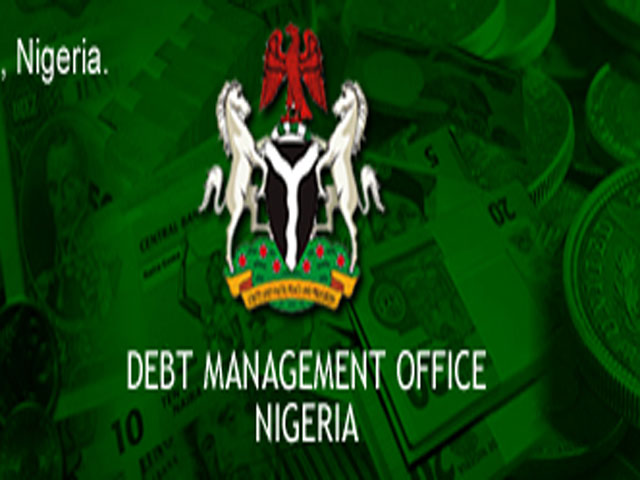Nigeria’s external debt stock stood at $22 billion as at June 30, 2018. Federal Government share of the debt stood at $17.8 billion, while states and the FCT owed $4.28 billion. According to the figure Federal Government accounts for 81 per cent of the country’s external debt, while the states and the FCT account for 19 per cent. As at December 31, 2017, Lagos State had the highest foreign debt portfolio of $1.47 billion, but dropped to $1.45 billion by end of June 30. Following Lagos is Edo, which has $279 million figure as foreign debt. Others are Kaduna, $232.9 million; Cross River, $193.7 million; Bauchi, $134.9 million and Enugu, $127.9 million.
According to the DMO, other top debtors are Anambra owing $107.4 million; Oyo, $106.34 million Ogun, $105.3 million; Osun, $101.5 million and Abia with $100.2 million. Following closely are Ekiti with $97.9 million; Ondo with $81.4 million; Rivers, $79.5 million; Ebonyi, $67.9 million; Kano, $65 million; Katsina, $64.7 million and Delta, $63.8 million. The DMO also said that Imo incurred $61.2 million; Nassarawa, $61.4 million; Adamawa, 5$7.8 million; Niger, $55.7 million; and Bayelsa with $57.2 million. Others are Akwa Ibom with $48.3 million; Kebbi, $46.7 million; Kwara, $49.8 million and Sokoto with $40.2 million.
States with the lowest debt portfolio include Taraba, $22.1 million; Borno, $22.2 million; Yobe, $28.4 million and Plateau $29.6 million. Others are Kogi, $2.37 million; Jigawa, $32.80 million; FCT, $32.83 million; Zamfara, $34.2 million; Benue, $34.7 million and Gombe, $38.5 million. Director-General, DMO, Ms Patience Oniha, said that as at June 30, the nation’s public debt stock increased marginally by 3.01 per cent from that of Dec. 2017.
“One of the beneficial outcomes is the rebalancing of the debt stock, the ratio of domestic debt to external debt inching towards the target of 60:40 and the target of 75:25 between long term domestic debt and short term domestic debt. According to the figures for June 30 released by the DMO, the ratio between domestic and external debt stood at 70 to 30 compared to 73 to 27 in Dec. 2017. Oniha said the ratio of 60 to 40 was important to ensure that the nation was not 100 per cent indebted externally, and that it was also easier to raise money domestically. Oniha also said the Federal Government had been borrowing from the external debt market to refinance maturing local debts because of the lower interest rates obtainable from foreign sources.

